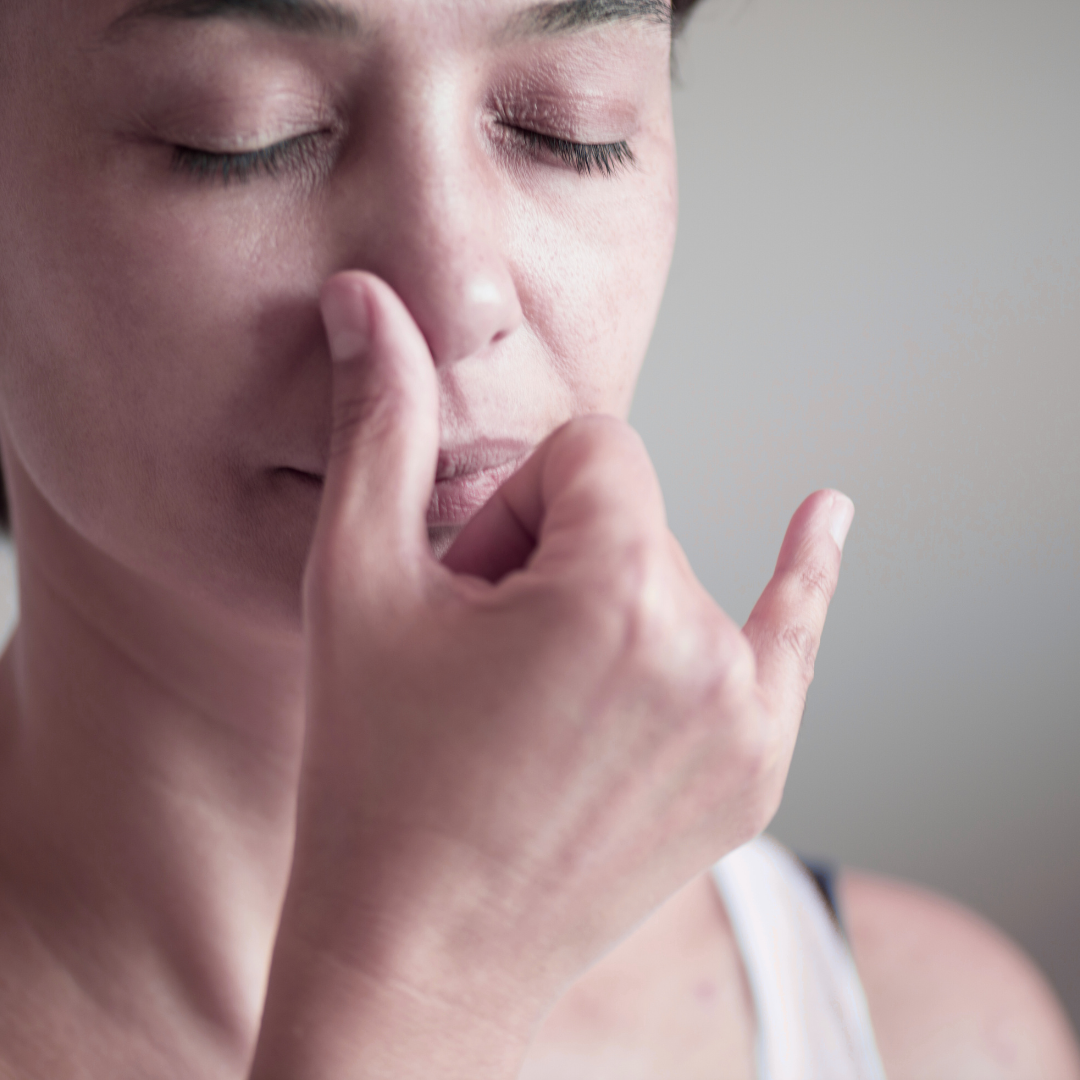The Flat Cortisol Curve: Why You Feel Like a Zombie All Day
A flat cortisol curve keeps your body from knowing when to be alert and when to rest—leaving you exhausted all day and wired at night.
Do you wake up feeling like you never slept? Move through your day in a fog? Feel wired at night, but exhausted all day?
If this sounds familiar, you may be dealing with something called a flat cortisol curve. It’s one of the most common patterns we see in women with long-term stress, burnout, or chronic illness.
Understanding this pattern can be the key to finally knowing why your energy never comes back no matter how much rest you get.
Why Exhaustion Doesn’t Improve With Rest
Cortisol is a hormone your body makes to help you wake up, stay alert during the day, and wind down at night. In a healthy rhythm, cortisol rises in the morning, giving you energy to start the day, and then slowly lowers as evening comes, making it easier to sleep.
When stress goes on for too long, this rhythm starts to break down. Instead of rising and falling like a wave, cortisol levels may stay flat all day. Your body stops getting clear signals about when to be alert and when to rest. That’s when you feel tired, heavy, and out of sync, even if you’re sleeping enough.
Flat Cortisol Curve Fatigue: What It Feels Like
A flat cortisol curve shows up in very specific ways:
Struggling to wake up: Even after a full night’s sleep, you feel like you could stay in bed for hours.
Slow-moving mornings: It takes everything you have just to get going.
Energy crashes: Your focus fades mid-morning and again in the afternoon.
Feeling disconnected: You feel like you’re moving through the day on autopilot.
Wired at night: When it’s finally time to rest, your mind won’t shut off.
This cycle is incredibly draining. It makes it hard to trust your own body because no matter how much you try, you never seem to feel better.
Cortisol Test Results Explained in Simple Terms
Routine blood tests rarely capture these patterns because they only measure cortisol at one moment in the day. To understand what’s really happening, you need a test that looks at cortisol throughout the day, not just once.
A healthy curve looks like this:
High in the morning (to help you wake up)
Gradually lowering through the afternoon
Lowest at night (to help you sleep)
A flat cortisol curve looks like this:
No morning spike
Little change throughout the day
Levels that are too low or barely move at all
This is why you can feel like a zombie all day even when you’ve had what seems like enough sleep.
“Functional testing can uncover the root causes behind adrenal burnout: nutrient depletion, chronic stress, toxins, and hidden imbalances.”
Adrenal Burnout Symptoms You Might Recognize
This flattened cortisol rhythm is often called adrenal fatigue or burnout, but what’s really happening is that your stress response system has been overworked for too long.
Along with fatigue, you might also notice:
Difficulty concentrating or remembering things
Low tolerance for stress or loud environments
Frequent colds or slower recovery from illness
Feeling emotionally flat or detached
These symptoms tell us that your body has been pushing through stress for too long without enough recovery.
What Causes a Flat Cortisol Curve
This pattern builds slowly over time. It’s often linked to:
Long-term stress without enough recovery
Chronic illnesses or infections
Sleep disruptions that last for months or years
Blood sugar swings that keep your body in “emergency mode”
Nutrient depletion
Hidden stressors like mold or toxic exposures that keep the nervous system overworked
By the time most women discover they have a flat cortisol curve, they’ve been feeling this way for years.
How to Begin Restoring a Flat Cortisol Curve
A flat cortisol curve doesn’t fix itself overnight, but recovery is possible when you give your body the signals and support it needs to reset.
Here are some gentle first steps:
Eat regularly: Balanced meals with protein, healthy fats, and slow carbs every 3–4 hours help stabilize blood sugar and reduce stress signals.
Morning light exposure: Spend 10–15 minutes outside shortly after waking up. Natural light helps retrain your internal clock.
Create safety for your nervous system: Practices like slow breathing, guided relaxation, and gentle movement tell your body it’s safe, which allows cortisol rhythms to reset.
Go to bed at a consistent time: Small routines help rebuild a healthy sleep-wake cycle.
If symptoms are severe, it’s worth looking deeper with functional testing to see what’s draining your body.
Advanced Testing That Looks Beneath the Surface
A flat cortisol curve is a sign that your stress response is tired, but it rarely happens in isolation. Functional testing can uncover what is contributing to that pattern:
Cortisol rhythm testing: Measures cortisol levels throughout the day to see how your stress system is working.
Organic Acids Test (OAT): Looks at how your body makes energy and identifies nutrient deficiencies that slow recovery.
Hair and mineral testing (HMNT): Detects long-term mineral imbalances and exposure to metals or toxins.
Mold or environmental toxin testing: Finds hidden burdens that may be draining the system.
These tests provide a roadmap for rebuilding energy and resilience.
“Routine labs miss it. Only testing cortisol throughout the day shows if your stress rhythm is flat.”
Moving Forward with Support
A flat cortisol curve can feel like living behind a pane of glass, life is happening around you, but you can’t fully join in. It doesn’t have to stay that way.
At our clinic, we work with women every day who are tired of feeling stuck in this cycle. Through functional testing, nervous system regulation strategies, and a step-by-step plan, we help your body recover its natural rhythm.
Inside the Nervous System Healing Code, we teach you how to calm your stress response, rebuild a healthy energy curve, and wake up feeling like yourself again. Many of our clients notice that their fog starts to lift, their focus improves, and they finally feel present in their own life.
If you’re ready to understand what’s behind your exhaustion and how to turn it around, you can join the program or schedule a one-on-one consultation today. You don’t have to push through another day in survival mode. Your body can recover, and we can guide you every step of the way.































